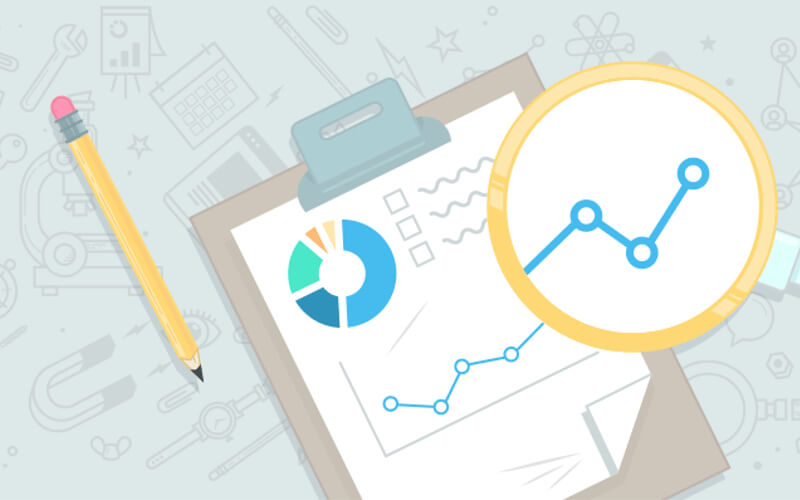So let’s get started with number one here. What I’m suggesting that you do is, as you look across the site that you’ve built, go and do some keyword research. There are a lot of Whiteboard Fridays and blog posts that we’ve written here at Moz about great ways to do keyword research. But do that keyword research and create a list that essentially maps all of the keywords you are initially targeting to all of the URLs, the pages that you have on your new website.
So it should look something like this. It’s got the URL, so RandsAnimals.com, targeting the keyword “amazing animals,” and here’s the page title and here’s the meta description. Then, I’ve got RandsAnimals.com/lemurs, which is my page about lemurs, and that’s targeting “lemurs” and “lemur habits.” There’s the title.
You want to go through these and make sure that if you have an important keyword that you have not yet targeted, you do so, and likewise, that if you’ve got a URL, a page on your website that you have not yet intentionally targeted a keyword with, you make sure to do that as well. This can be a great way to go through a small site in the early stages and make sure that you’ve got some terms and phrases that you’re actually targeting. This will be also helpful when you do your rank tracking and your on-page optimization later on.
2. Accessibility, crawl, and UX
So what I want you to do here is to ask yourself:
I. “Are the pages and the content on my website accessible to search engines?”
There are some great ways to check these. You can use something like Screaming Frog or Google Search Console. You could use Moz Pro, or OnPage.org, to basically run a scan of your site and make sure that crawlers can get to all the pages, that you don’t have duplicate content, that you don’t have thin content or pages that are perceived to have no content at all, you don’t have broken links, you don’t have broken pages, all that kind of good stuff.
II. “Is the content accessible to all audiences, devices, and browsers?”
Next, we’re going to ask not about search engines and their crawlers, but about the audience, the human beings and whether your content is accessible to all the audiences, devices, and browsers that it could be. So this could mean things like screen readers for blind users, mobile devices, desktop devices, laptops, browsers of all different kinds. You’re going to want to use a tool like a browser checker to make sure that Chrome, Firefox, and… What’s Internet Explorer called now? Oh, man. They changed it. Microsoft Edge. Make sure that it works in all of them.
I like that I think that there’s a peanut gallery who’s going to yell it out. Like you’re watching this at lunch and you’re thinking, “Rand, if I yell it to you now, it won’t be recorded.” I know. I know.
III. “Do those pages load fast from everywhere?”
So I could use a tool like Google Speed Test. I can also do some proxy checking to make sure that from all sorts of regions, especially if I’m doing international targeting or if I know that I’m going to be targeting rural regions that my pages load fast from everywhere.
IV. “Is the design, UI, visuals, and experience enjoyable and easy for all users?”
You can do that with some in-house usability testing. You could do it informally with friends and family and existing customers if you have them. Or you could use something like Five Second Test or UsabilityHub to run some more formal testing online. Sometimes this can reveal things in your navigation or your content that’s just stopping people from having the experience that you want — that’s very easy to fix.
Read More…
Original Article : “Launching a New Website: Your SEO Checklist”
April 14, 2017 / | by : Rand Fishkin of Moz.com
